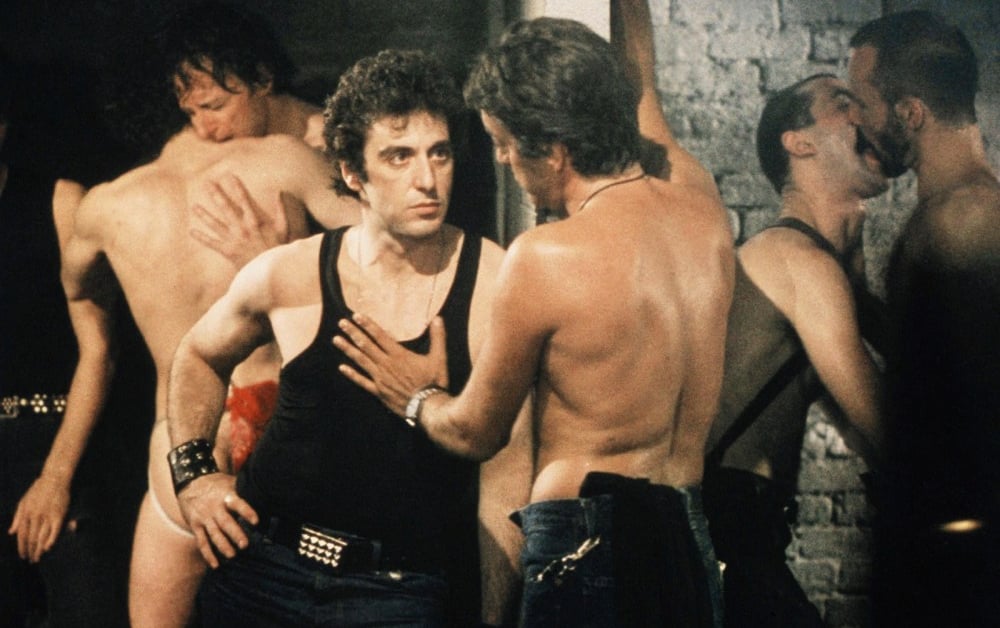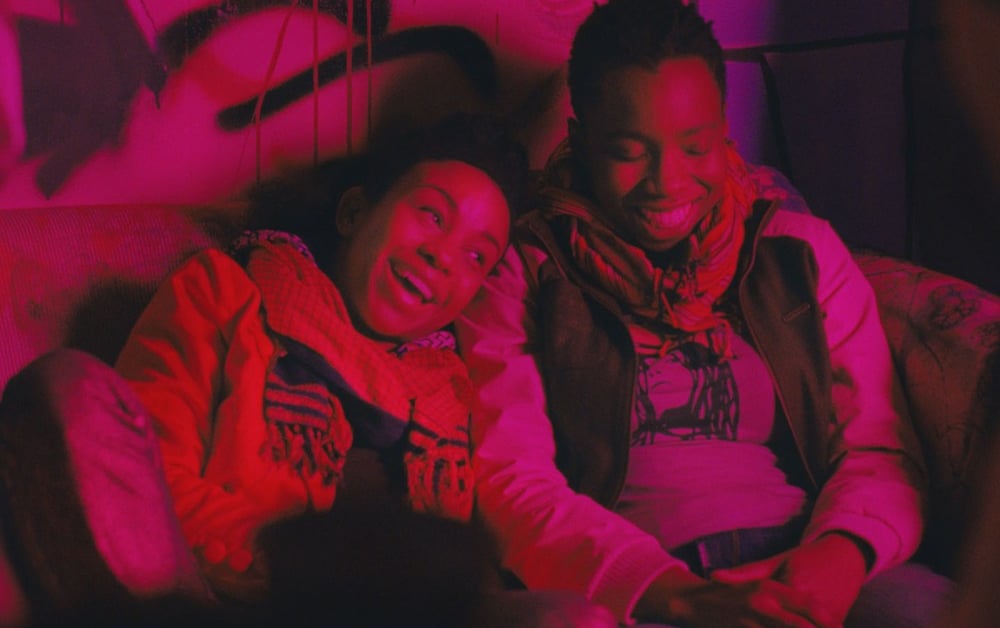50 Essential LGBTQ Movies
From coming-out dramas to cult comedies, documentaries to blockbusters — our list of films that reflected and represented queer culture onscreen

'Pariah,' 'How to Survive a Plague,' and 'Carol' — all selections from our 50 Essential LGBTQ Movies list.
Chicken And Egg/Mbk/Northstar/Kobal/Shutterstock, Public Square/Ninety Thousand Words/Kobal/Shutterstock, Wilson Webb/Killer/The Weinstein Company/Kobal/Shutterstock
It’s grainy, faded, and, given the clip is now 125 years old, more than a little worse for wear. But this brief footage is not so ancient that you can’t clearly make out two men, waltzing together, as a third man plays a violin in the background. It was an experimental short made by William Dickson, designed to test syncing up moving pictures to prerecorded sound, a system that he and Thomas Edison were developing known as the Kinetophone. It’s known as “The Dickson Experimental Sound Film,” and dates back to 1895, the same year movies were born. While there’s nothing to outright suggest that these men were romantically involved or attracted to each other during the roughly 20-second length of their pas de deux, there is nothing that contradicts that notion either. It’s considered by many to be one of the first examples of gay imagery in film, and a reminder that homosexual representation has been with the medium from the very beginning.
That clip appears in The Celluloid Closet, Rob Epstein and Jeffrey Friedman’s documentary based on Vito Russo’s study of homosexuality in the movies, along with countless examples of how gay characters showed up, per narrator Lily Tomlin, as “something to laugh at, or something to pity, or even something to fear.” The history of representation is long, and extremely storied, often shaping how the public viewed “the love that dare not speak its name” for better or worse. But since those two men first danced, there have also been scores of stories, characters, and filmmakers that have presented the varied, multitudinous aspects of LGBTQ experiences 24 frames per second that have gone past those stereotypes, or flipped them on their heads. Some have been documents of a moment or era of gay history, some have been used as correctives to decades of negative clichés, and others have simply celebrated the fact that the movies can be queer, they’re here, get used to it.
In honor of LGBTQ Pride Month, we’re singling out 50 essential LGBTQ films — from comedies to dramas, documentaries to cult classics, underground experimental work to studio blockbusters. It is nowhere near a comprehensive rundown of every great movie to feature out-and-proud heroes and villains, or a queer sensibility, or even just visible (and/or risible) examples of gay life in cinema; we could have easily made this list twice as long. Rather, consider this a primer that helps illustrate the relationship between queer culture and the silver screen.
Watch these films with a 30-day free trial to Amazon Prime or a free trial to Hulu here
From Rolling Stone US





















































































